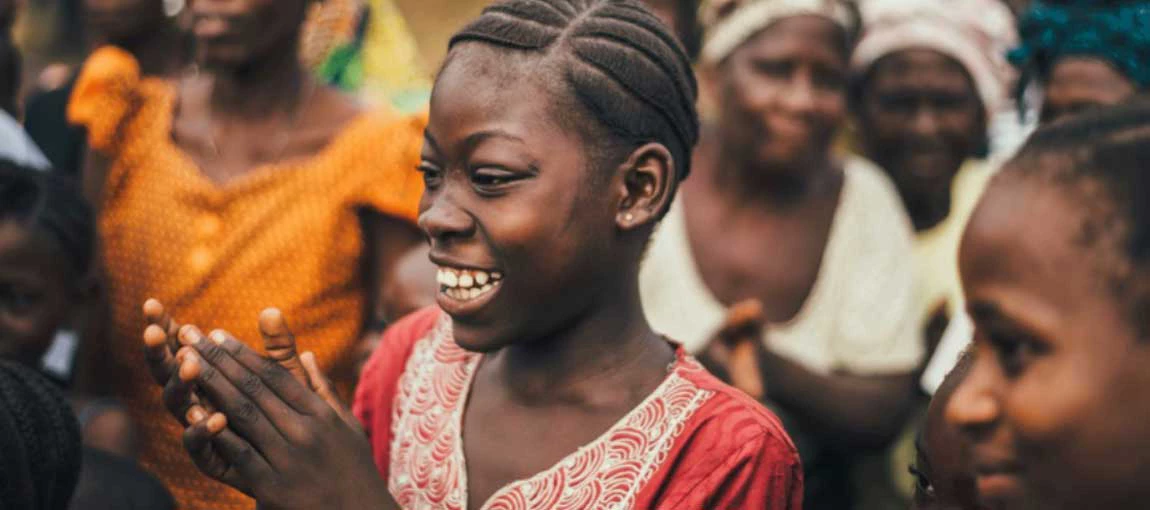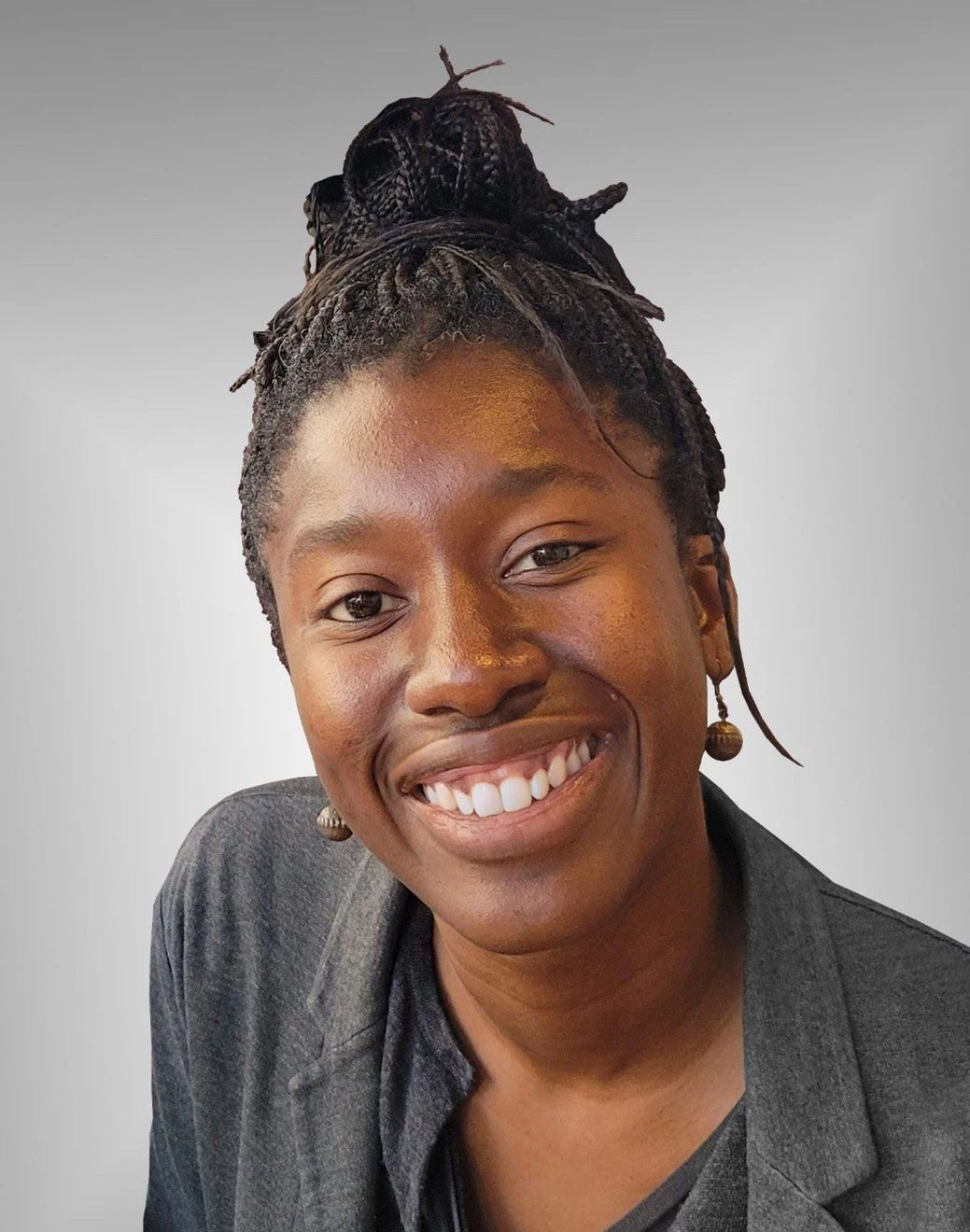 iStock / Getty Images Plus / Annie Spratt
iStock / Getty Images Plus / Annie Spratt
Originally published on March 8, 2024 on Global Cause/Media Planet.
By 2050, Africa will host a quarter of the global population, boasting the world’s largest and youngest workforce, primed for economic growth. Yet, a significant policy hurdle remains: empowering women and girls — half of Africa’s population — to surmount enduring obstacles and realise their full potential amidst efforts to enhance youth employment through education, private sector advancement and infrastructure investments.
Female adolescence critical for Africa
A lot depends on early childhood and adolescence — a critical transition when decisions and achievements can have lasting effects well into adulthood. This is especially true for girls whose opportunities can be closed off even before they have a chance to pursue them. On average, across African countries, half of 15 to 19-year-old girls are either out of school, married or parenting.
Adolescent girls in Africa are a heterogeneous group experiencing a range of life circumstances and challenges that vary by context. High fertility rates, early marriage, low levels of education and restrictive social norms and laws all prevent girls from reaching their full potential and, by extension, undermine African countries’ efforts to grow their economies.
At the World Bank, we are increasingly focused on this key group and finding innovative ways to improve all adolescent girls’ chances of reaching economic success in adulthood, whatever steep path they might be travelling on.
Evidence-based interventions empower girls
Several studies conducted by the Bank’s Africa Gender Innovation Lab have found that interventions can indeed influence the trajectories of young women in positive ways, even in challenging contexts. For instance, research we conducted in Tanzania demonstrated the impact of goal-setting activities for girls and engaging boys through sports to reduce intimate partner violence.
In Somalia, we learned that with the right training, we can transform gender norms and promote more egalitarian attitudes among both adolescent boys and girls. This evidence is being used to shape promising new regional investments, such as the East Africa Girl’s Empowerment and Resilience (EAGER) programme.
Gender equality for growth in Africa
EAGER is designed to advance human capital development by keeping girls in school, promoting economic inclusion for young women and strengthening institutions to champion gender equality. In its initial phase, the programme will enable over 2 million girls to stay or return to school and 160,000 women to increase their productivity in the labour market in Mozambique and Madagascar. Only with such holistic and ambitious approaches can we build an Africa where no child is left behind.



Join the Conversation